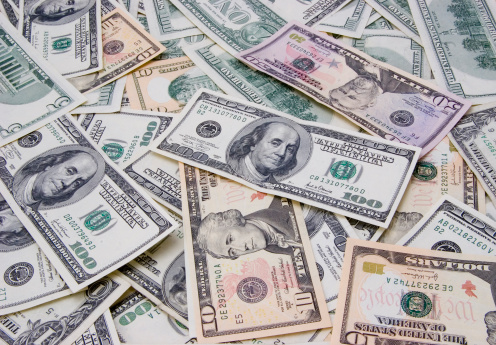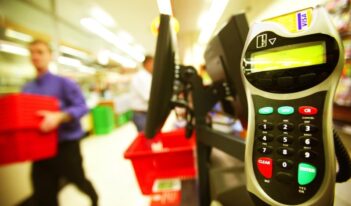
Recent GAO report exposes difficulties in accommodating paper money to meet the needs of the visually impaired.
Imagine closing your eyes and searching through your wallet for a dollar bill. You feel a small stack of notes—but how do you tell the one-dollar bills from the five-dollar bills, or the tens from the twenties? This is a challenge that many with visual impairment face every day. Because U.S. paper money is the same size, color, and texture, regardless of denomination, many people with visual impairments find it difficult, if not impossible, to differentiate them.
In 2008, the American Council of the Blind successfully sued the U.S. Department of the Treasury seeking accommodations on U.S. currency for the visually impaired. Responding to the court order, the U.S. Bureau of Engraving and Printing (BEP) undertook to provide “meaningful access” to paper money for the visually impaired. To do so, BEP plans to implement three changes to U.S. currency already approved by the Treasury:
- Adding “large, high-contrast numerals” to accommodate individuals with partial vision.
- Providing features that will work with “currency readers” to audibly indicate a bill’s denomination.
- Including a “tactile feature” unique to each denomination.
But a new Government Accountability Office (GAO) report reveals that BEP continues to experience difficulties and delays in designing these accommodating features. Specifically, BEP has struggled to implement the tactile component of the project. Yet when GAO staff interviewed representatives from four advocacy organizations for the visually impaired, each expressed a strong preference from among the three accommodations for this tactile feature.
According to these advocacy groups, large, high-contrast numeral are only of use to those with some visual capacity. In the same vein, the currency reader may not be a practical tool, as many in the visually impaired community already carry a number of assisting devices, and it would only be more difficult to hold a wallet, bill, and scanner at the same time. Moreover, some scanners regularly malfunctioned during testing.
By contrast, a tactile feature would allow anyone to identify a bill’s denomination by touch alone.
BEP has already added the large high-contrast numerals to notes, and it recently implemented the first phase of a currency reader program. However, it is still working to design the tactile feature. And while money is often redesigned to prevent counterfeiting, the process of redesigning currency to add tactile features has turned out to be more difficult.
The GAO report identified a number of “obstacles” preventing the ready adoption of tactile features. For one thing, BEP must submit new design and production plans for inter-agency review. This bureaucratic hurdle arose after BEP printed a mass of defective $100 bills without appropriate research. In the wake of that incident, changing the design of paper money now requires the input of three agencies: BEP, the Federal Reserve, and the U.S. Secret Service.
Testing new features also poses a challenge. One of the most important steps in designing the tactile feature is selecting the “process [BEP] will use to create the raised tactile feature on the surface of the note”. To do this, BEP has outsourced much of the testing. The result, according to GAO, has been added delay.
When BEP’s tactile feature team finally recommended a model tactile feature to an inter-agency committee that reviews and approves note-redesign projects in March of this year, the committee rejected the model. The committee reportedly found a testing flaw—BEP had applied an improper time interval in its testing methodology.
In the wake of the committee’s rejection, BEP now expects it will not have a plan to address the tactile feature until March 2015. This puts the development process behind schedule by a full year. According to the GAO report, BEP’s director stated that the first note with a tactile feature would not be printed until 2020.
BEP has faced further criticism concerning the cost the feature will impose on businesses. According to both the Federal Reserve and firms that use cash-handling machines, a raised feature on the bill would increase transportation costs and ATM equipment would need to be replaced. There may also be other costs associated with the thickness of the tactile feature.
Given the “potential cost impact”, BEP and Federal Reserve officials have explored whether recent innovations may offer a new way forward. In particular, they have suggested that combining the Bureau’s soon to be developed iPhone app, “EyeNote,” with high-contrast numerals and scannable currency could meet the original court order. However, several advocacy groups have pointed out that EyeNote is similar to a currency reader. On this point, the GAO criticized BEP’s lack of consideration as to whether currency reading devices actually help the visually impaired.
BEP may have no choice but to rely on other accommodating features, including currency readers and high-contrast numerals, as it struggles to implement a tactile feature. But BEP will nevertheless be forced to assess whether these programs are effective, as recommended by the GAO.



